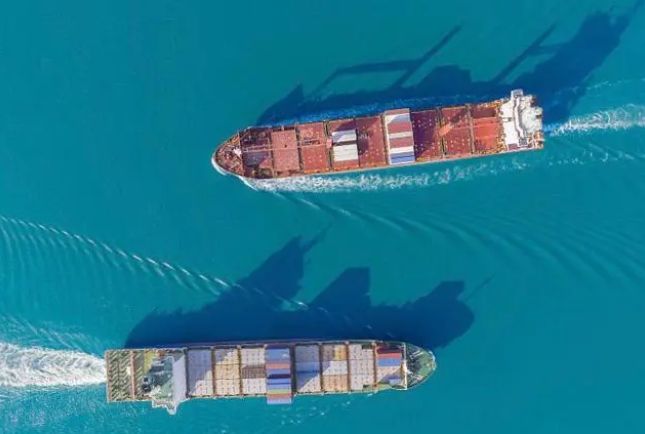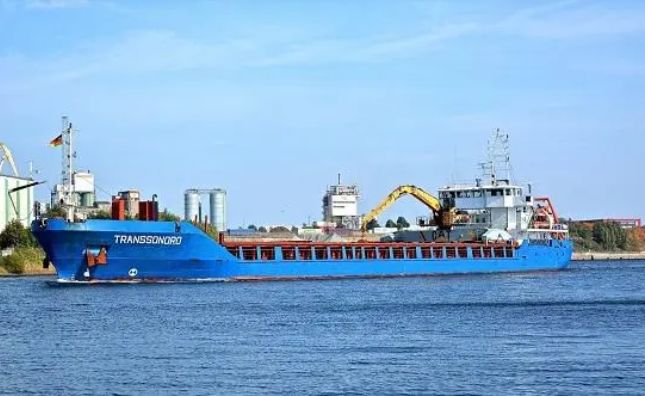Price of sea freight decrease by 1/3
Will the price of sea freight decrease by 1/3? The shippers want to "retaliate" by reducing shipping costs.

With the end of the world's most important maritime conference, the Pan Pacific Maritime Conference (TPM), the negotiation of long-term shipping prices in the shipping industry is also on track. This is related to the price level of the global shipping market for a period of time in the future, and also affects the transportation costs of global trade.
A long-term agreement is a long-term agreement signed between the shipowner and the cargo owner, with a cooperation period typically ranging from six months to one year, and some may last up to two years or even longer. Spring is the main period for signing long-term agreements every year, and the signing price is generally lower than the spot market freight at that time. However, shipping companies can ensure the stability of revenue and profits through long-term agreements.
Since the sharp increase in sea freight rates in 2021, the prices of long-term agreements have skyrocketed. However, starting from the second half of 2022, the prices of the long-term contract continued to decline, and shippers who had previously borne high shipping costs began to "retaliate" by reducing shipping costs. Even industry agencies predict that there will be a price war between shipping companies.
According to foreign media reports, at the recently concluded TPM meeting, shipping companies, cargo owners, and freight forwarders explored the negotiating bottom line with each other. Currently, the long-term freight rates obtained by large shipping companies are about one-third lower than last year's contracts.
Taking the Asia West Basic Port route as an example, at the end of October last year, XSI ® The index has fallen below the $2000 mark, and on March 3rd of this year, XSI ® The index fell to $1259, while in March of last year, XSI ® The index is close to $9000.
The shippers are still hoping for further price reductions. At this TPM meeting, the long-term contract negotiated by all parties even includes a term of 2-3 months. In this way, when spot freight rates decrease, shippers will have more space to renegotiate long-term agreements in order to obtain lower prices.
Moreover, multiple shipping industry consulting firms predict that the industry will engage in a price war this year to attract new customers or retain existing ones. Zhang Yanyi, chairman of Evergreen Marine Corporation, said earlier that as a large number of newly built large container ships began to be delivered this year, if consumption could not keep up with the growth of transport capacity, liner operators might again see shipping price war.

Kang Shuchun, President of the International Freight Forwarding Branch of the China Federation of Logistics and Procurement, told Interface News that the international shipping market in 2023 was generally flat, with the end of the "dividend" of the epidemic, a significant decrease in liner company profits, and even losses. Shipping companies are starting to compete for the market, and the shipping market will continue to slump in the next five years.
The statistical data from the shipping information agency Alphaliner also confirms the above viewpoint. Due to the return of freight levels, volume, and port congestion to pre pandemic levels, a total of 338 container ships (with a total capacity of approximately 1.48 million TEUs) were idle in early February, far exceeding the level of 1.07 million containers in December last year. Against the backdrop of overcapacity, the Deloitte Global Container Index (WCI) plummeted by 77% in 2022, and it is expected that container freight rates will drop by at least 50% -60% in 2023.

Post time: Jun-16-2023










